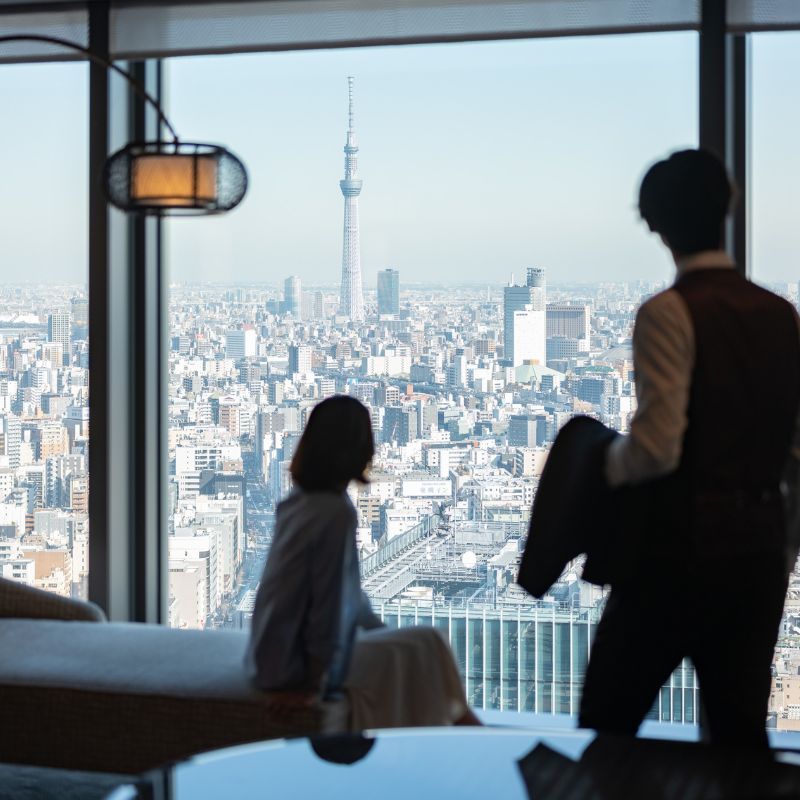
While the Land of The Rising Sun may be known as one of the most technologically advanced countries in the world, it also has a rich cultural heritage. Be it the public bath and onsen culture or the traditional way of preparing sushi, Japan stands out. With 25 UNESCO World Heritage Sites, Japan is an ideal place to visit for those who like delving deep into the historical and environmental aspects of a nation.
From aesthetically pleasing symmetrical castles and centuries-old Buddhist monasteries to tropical forests with rare species of flora and fauna, the list of UNESCO World Heritage Sites in Japan is a well-balanced blend of art, architecture, history and wilderness.
UNESCO World Heritage Sites in Japan to visit
Buddhist Monuments in the Horyu-ji Area
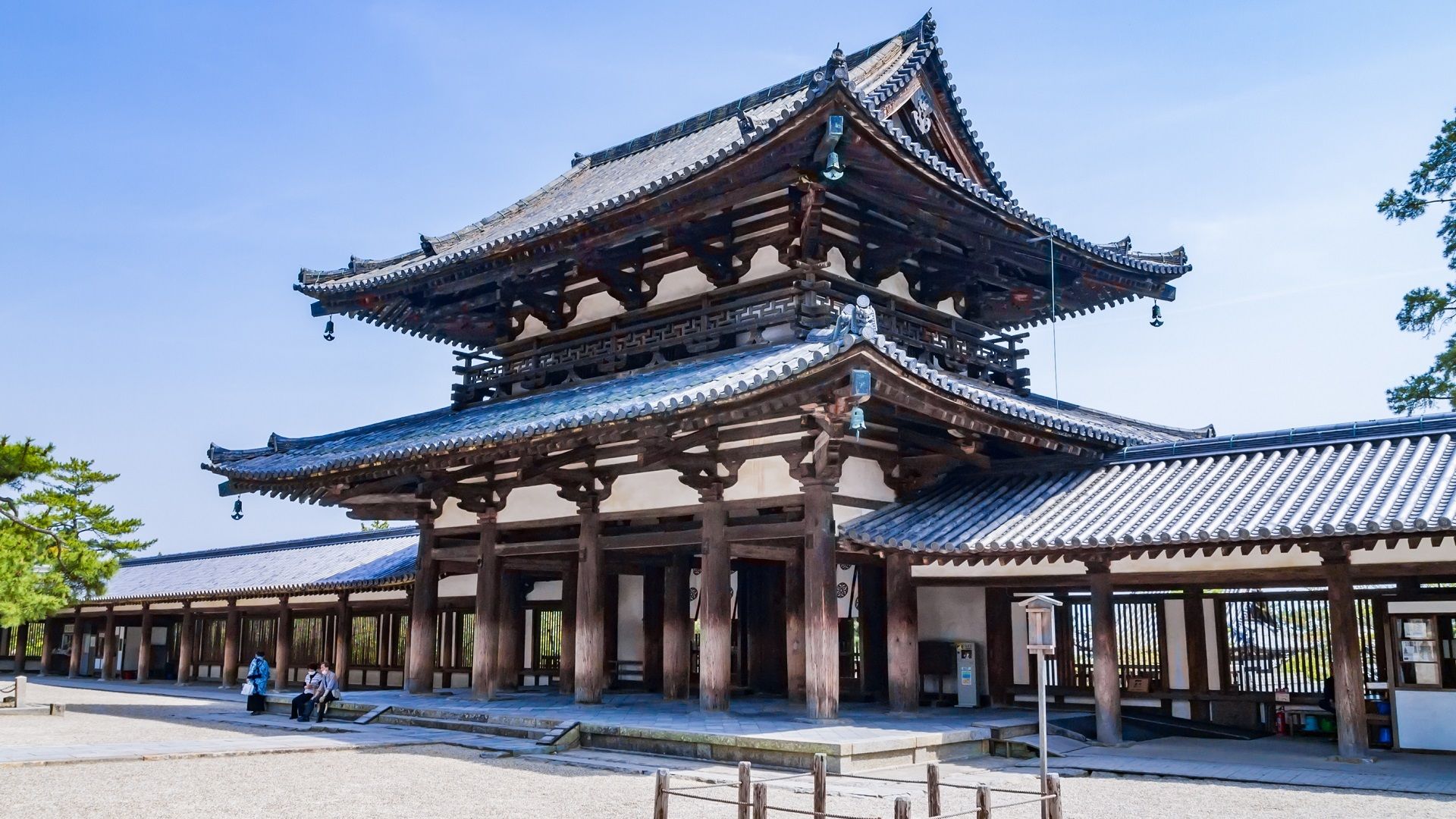
Dating back to the seventh or eighth century, some of these 48 Buddhist monuments are examples of the oldest wooden architecture in the world. In fact, they were built around the time when Buddhism was introduced in Japan from China. Situated in the Nara Prefecture, these showcase the adaptation of Chinese-Buddhist architecture and structure into Japanese culture.
Year of inscription: 1993
How to reach: Itami Airport is the nearest airport, about 33 km away from Horyu-ji
Himeji-jo
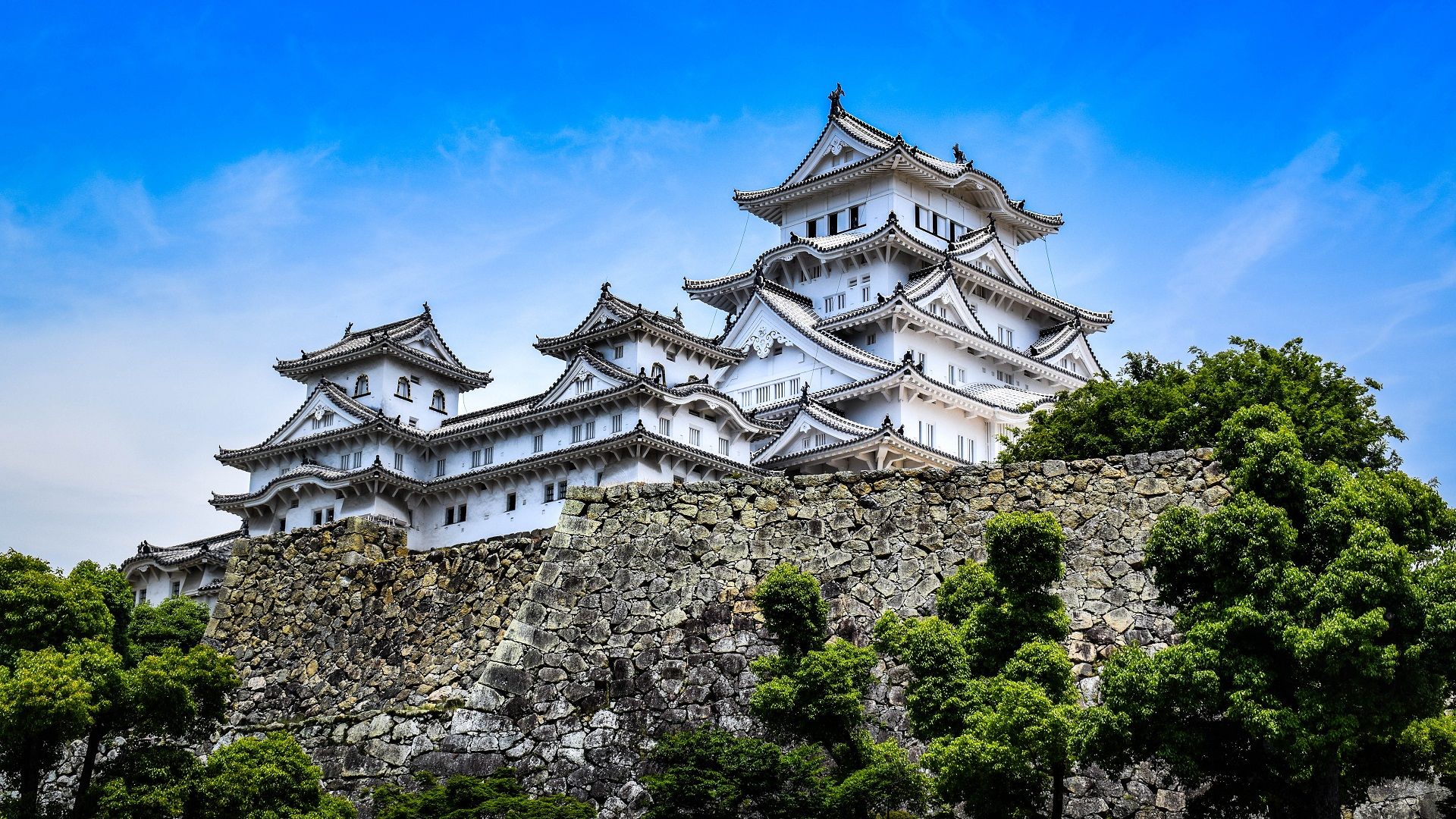
Featuring majestic Japanese castle architecture belonging to the 17th century, Himeji-jo includes 83 buildings with highly developed defence and protection devices belonging to the Shogun period. With a subtle aesthetic appeal owing to the white walls and multiple layers of roofs, Himeji-jo is a perfect Japanese architectural marvel indeed.
Year of inscription: 1993
How to reach: Kobe Airport is the nearest airport, about 67 km away
Shirakami-Sanchi
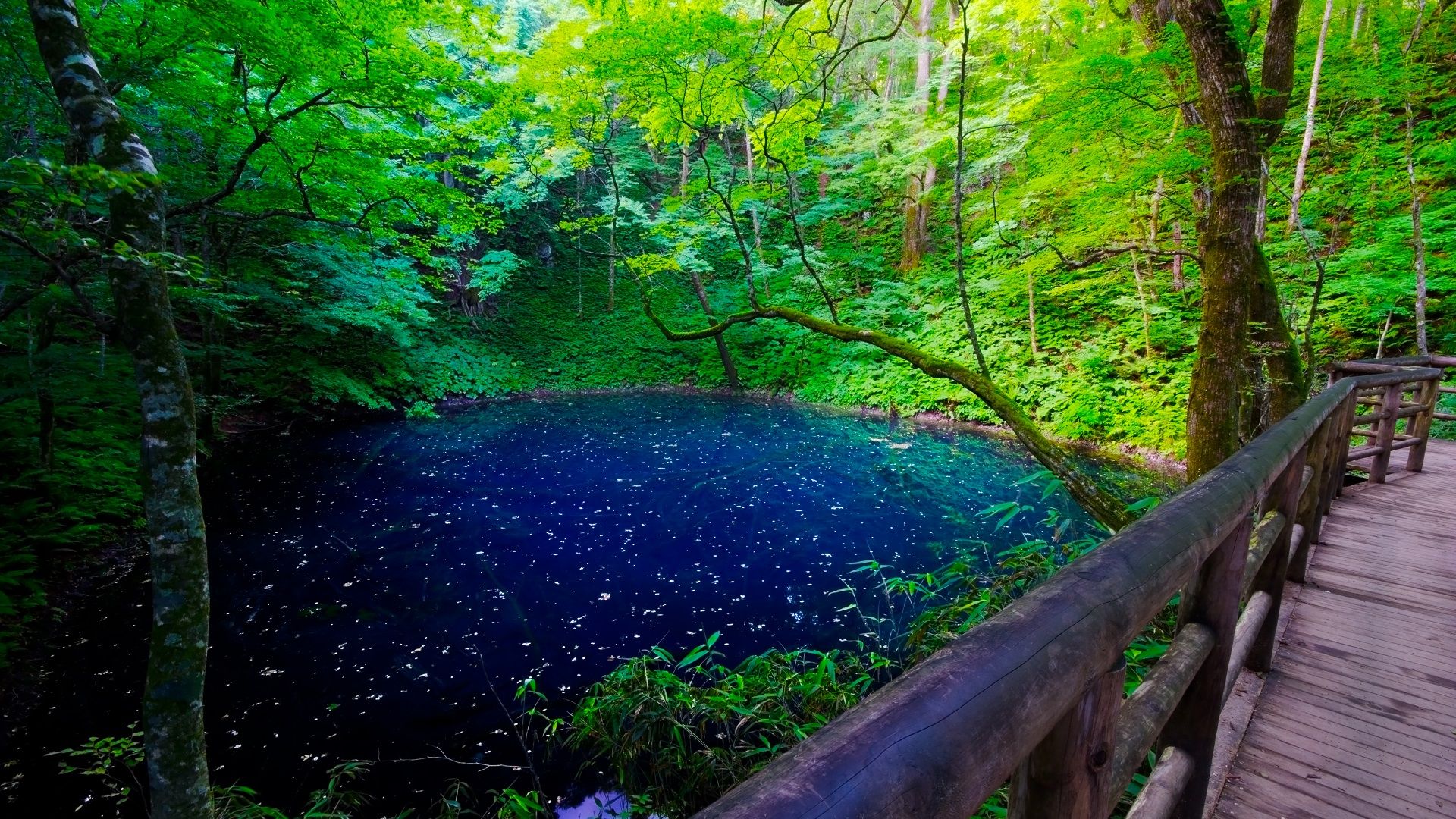
An area in the Shirakami mountain range’s wilderness along the Sea of Japan in Honshu, Shirakami-Sanchi is one of the largest surviving cool-temperate beech forests. They have been covering the hills of Northern Japan since about 12,000 years ago. Owing to the distinct climate in the area, it has Fagus crenata forests, a type of tree endemic to Japan. Birdwatchers may be excited to know that it houses about 87 species of birds such as the rare black woodpecker.
Year of inscription: 1993
How to reach: Akita Airport is the nearest airport, about 82 km away
Yakushima
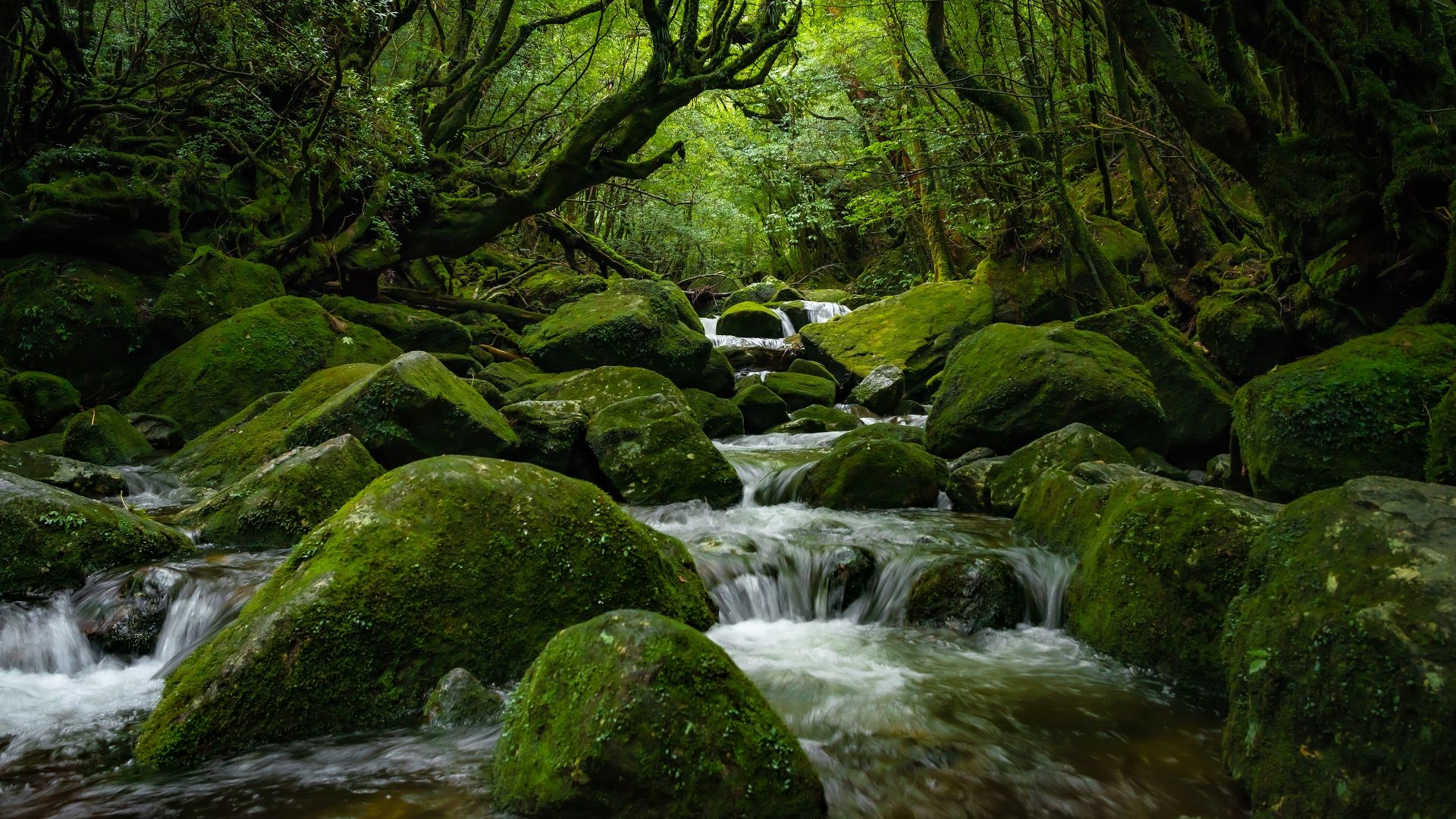
With 1,900 species and subspecies of rich flora, this primaeval temperate forest is a gem of Yaku Island. Having mountains as high as 2,000 metres above sea level, it has coastal vegetation and receives rainfall frequently. Home to 16 mammal species and 150 bird species, it has a unique ecosystem with Yakusugi trees as old as 1,000 years. Located 60 km off Kyushu Island’s southernmost tip in the southwest of the Japanese archipelago, Yakushima is popular among nature lovers for its rich biodiversity.
Year of inscription: 1993
How to reach: Yakushima Airport is the nearest airport, about 57 km away
Historic Monuments of Ancient Kyoto (Kyoto, Uji and Otsu Cities)
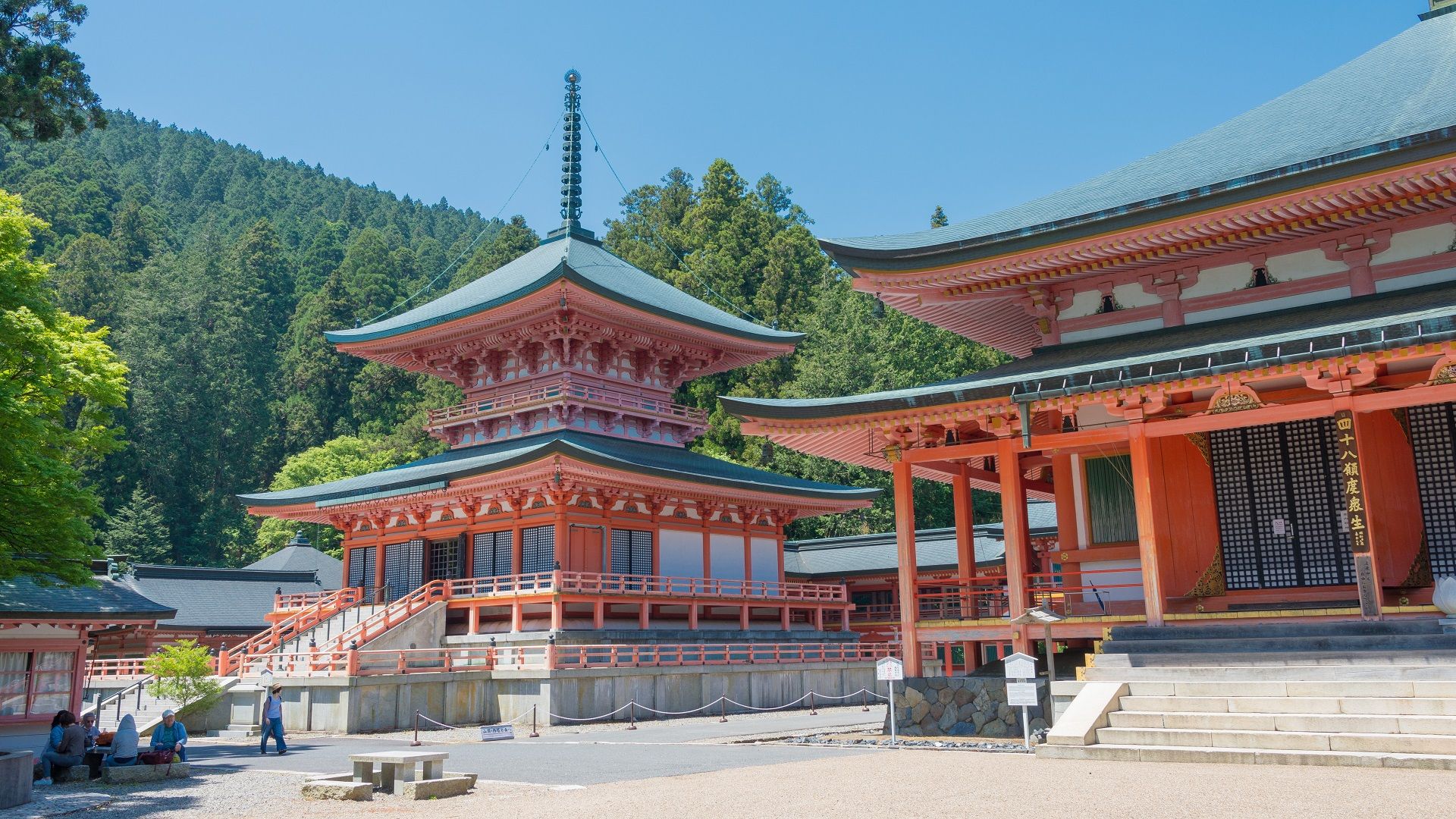
Kyoto was Japan’s imperial capital from the day it was founded till the mid-19th century. The Historic Monuments of Ancient Kyoto (Kyoto, Uji and Otsu Cities) comprise 17 component parts that are located in Kyoto and Uji Cities in Kyoto Prefecture and Otsu City in Shiga Prefecture.
Constructed in 794 AD, they were the centre of Japanese culture for over 1,000 years. They show how the Japanese wooden framework developed, especially religious architecture, and Japanese garden art, which has inspired landscape gardening throughout the globe.
Year of inscription: 1994
How to reach: Osaka International Airport (Itami) is the nearest airport, about 52 km away from Kyoto
Historic Villages of Shirakawa-go and Gokayama
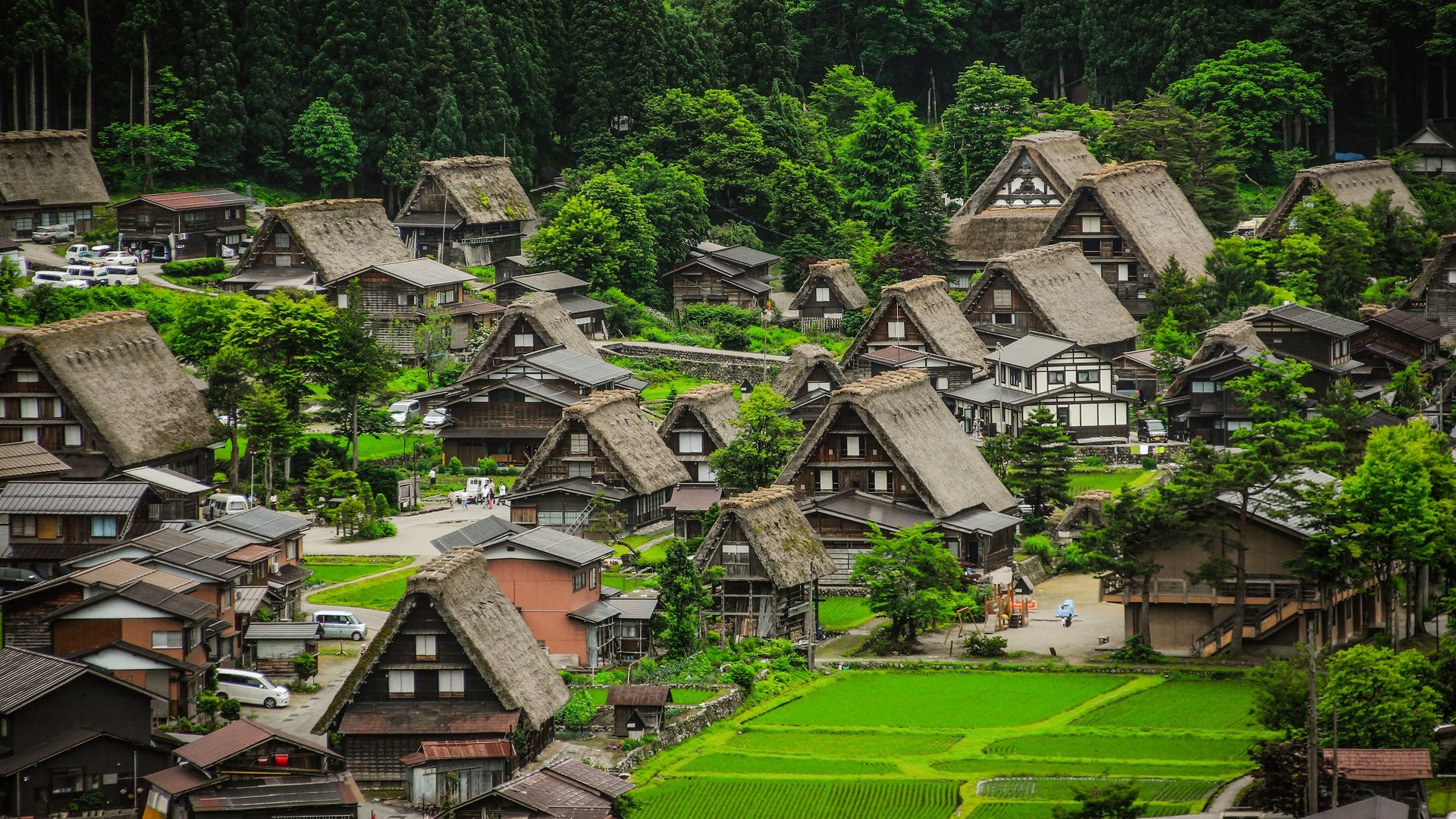
Known for their Gasshō-style houses, these villages thrived on mulberry tree cultivation and silkworm rearing while being secluded from the rest of the world for quite some time. The Ogimachi, Ainokura and Suganuma villages are perfect examples of a beautiful traditional way of living despite the economic turmoil that these endured. While visiting these popular villages that have been featured in anime as well, you seem to travel back in time yet stay relevant today.
Year of inscription: 1995
How to reach: Komatsu Airport is the nearest airport, about 105 km away
Hiroshima Peace Memorial (Genbaku Dome)
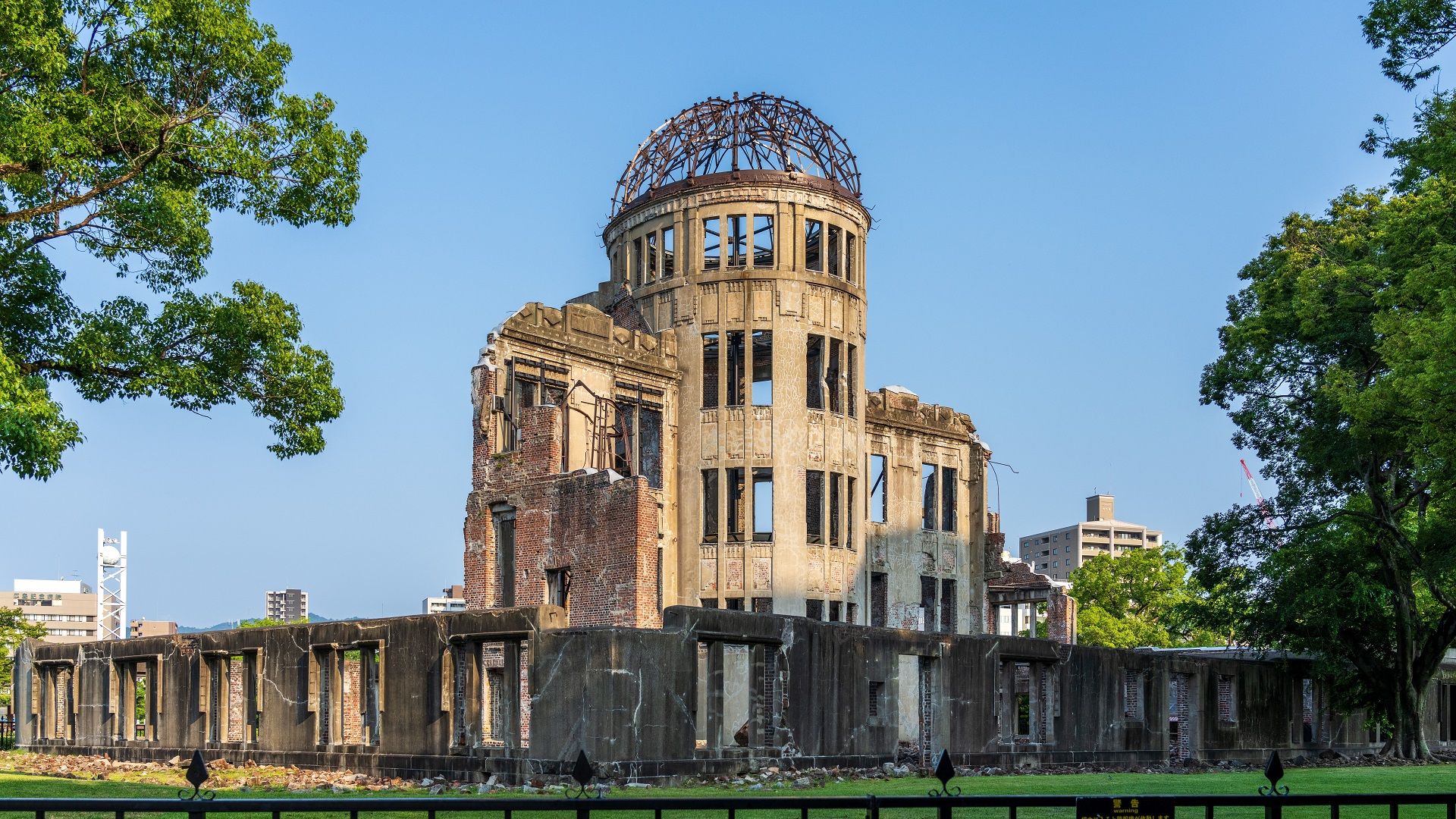
A testimony to the devastation of the first atomic bomb explosion on 6 August 1945, the Hiroshima Peace Memorial (Genbaku Dome) is the one and only structure that still stands in the area. With the help of some people including those belonging to Hiroshima, it has been preserved and kept in the same state as it was after the tragedy. It symbolises the ‘most destructive force’ created by humans but also denotes a hope for world peace.
Year of inscription: 1995
How to reach: Iwakuni Kintaikyo Airport is the nearest airport, about 45 km away from Hiroshima
Itsukushima Shinto Shrine
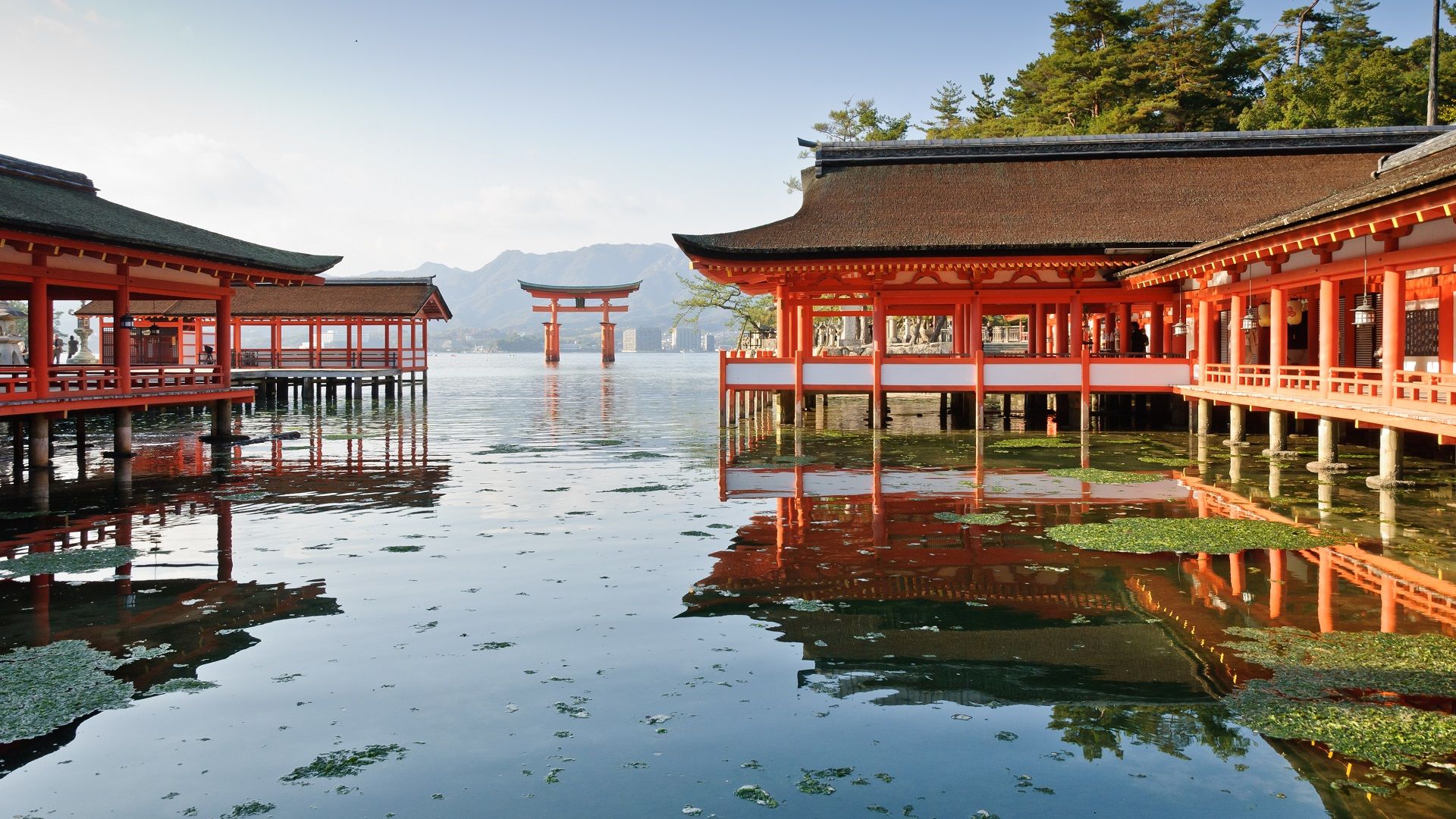
Bringing the Japanese concept of harmony between nature and human creation alive, this shrine on Itsukushima Island has been a holy place of Shintoism since the 12th century, with some shrines belonging to the sixth century. Depicting technical and artistic genius, it has 17 buildings and three structures across two complexes — the Honsha complex that forms the main shrine and the Sessha Marodo-jinja complex. One of the Heian period’s military leaders Taira no Kiyomori’s greatest achievements, this place is apt for spiritual travellers.
Year of inscription: 1996
How to reach: Iwakuni Kintaikyo Airport is the nearest airport, about 30 km away
Historic Monuments of Ancient Nara
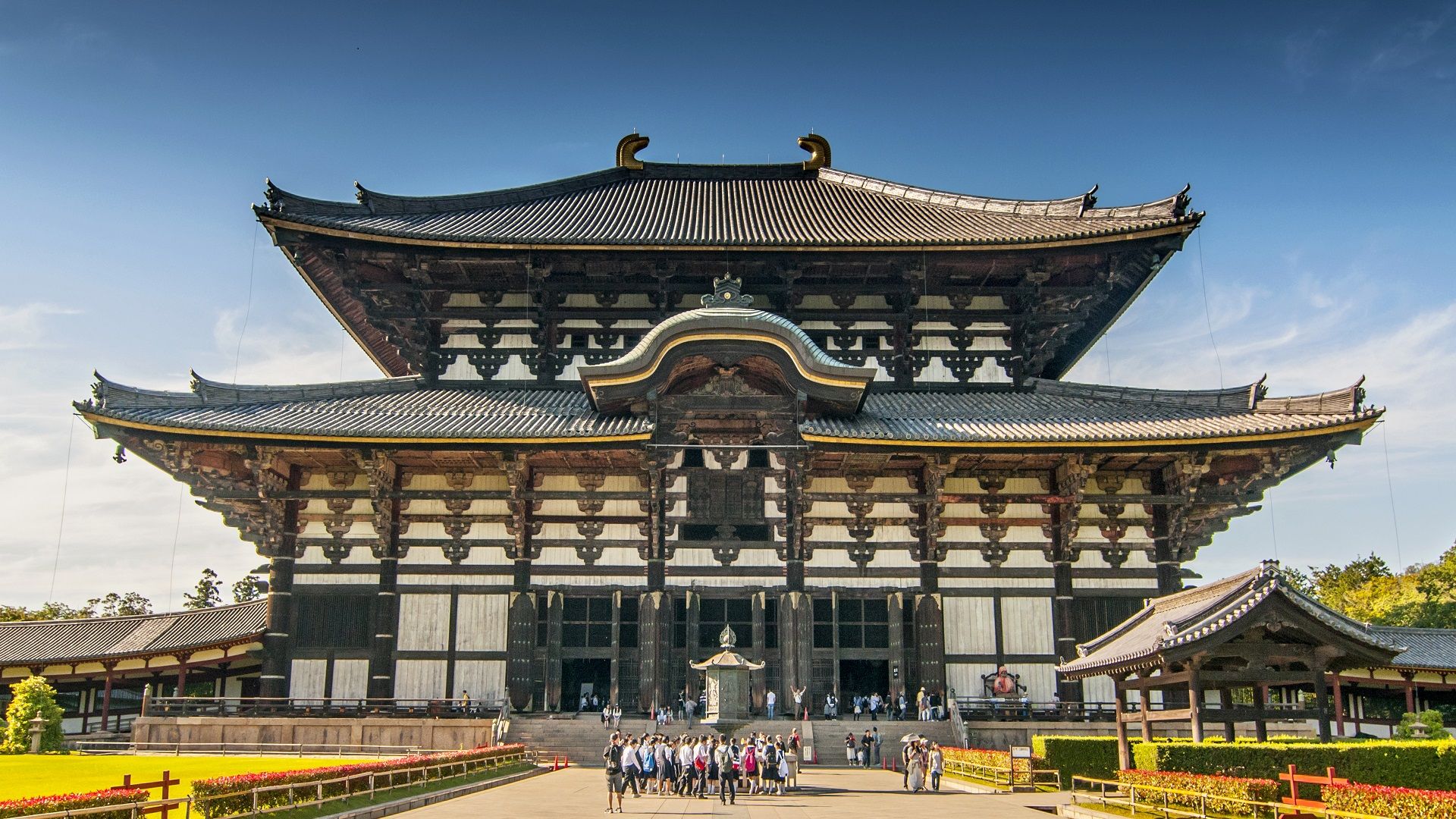
As Nara was Japan’s capital from 710 to 784, it has a rich history which is evident through Buddhist temples, Shinto shrines and excavated remnants of the mighty Imperial Palace. Its eight components comprise 78 buildings enveloped by a buffer zone known as a ‘historic environment harmonization area.’
An archaeological site (the Nara Palace Site), five Buddhist temples (the Tôdai-ji, the Kôfuku-ji, the Yakushi-ji, the Gangô-ji and the Tôshôdai-ji), a Shinto shrine (the Kasuga-Taisha) and a related ethnic landscape (the Kasugayama Primeval Forest), together make Nara a significant place depicting the cultural heritage of Japan.
Year of inscription: 1998
How to reach: Osaka Kansai Airport is the nearest airport, about 80 km away from Kintetsu Nara
Shrines and Temples of Nikko

A pious site known for its decorative masterpieces and natural surroundings, the Shrines and Temples of Nikko are connected to the Tokugawa Shoguns, who belonged to the time of Tokugawa Shogunate (traditional Japan’s final period of internal peace, political stability, and economic growth). With 103 buildings, which are part of two Shinto shrines (The Tôshôgû and The Futarasan-jinja), and one Buddhist temple (The Rinnô-ji), these form a single complex together and are situated in Tochigi Prefecture. An epitome of Japanese art and architecture, they are an important place of worship for the local people as well.
Year of inscription: 1999
How to reach: Tokyo Haneda Airport is the nearest airport, about 174 km away
Gusuku Sites and Related Properties of the Kingdom of Ryukyu
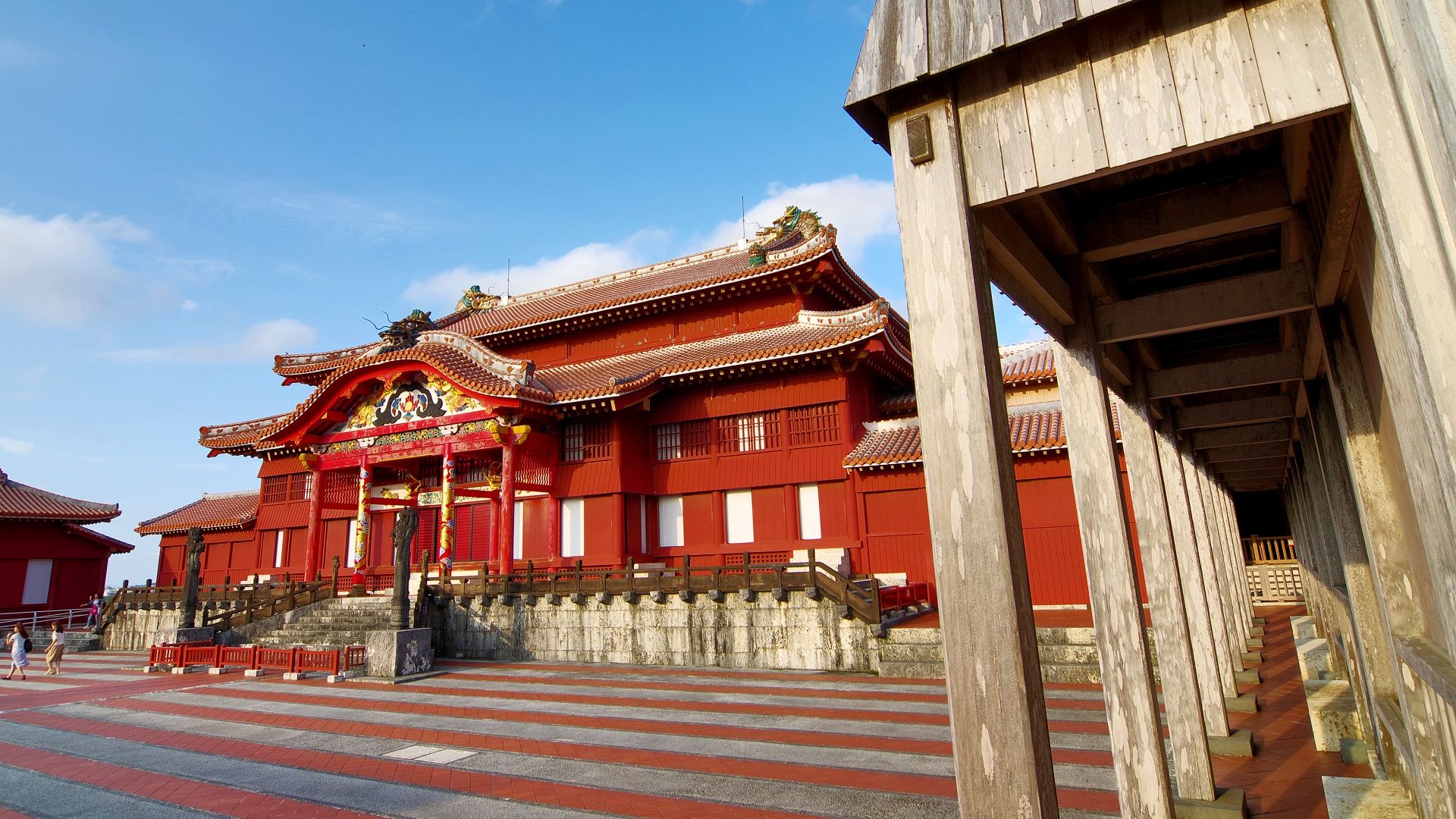
These groups of monuments are emblematic of 500 years of Ryukyuan history through their castle ruins and cultural landscapes. The stone structures built for protection by Ryukyuan farming communities known as gusuku, on elevated locations, define the social structure in practice during that period. The Ryukyu islands were synonymous with an economic and cultural exchange among Southeast Asia, China, Korea and Japan, and their sacred sites are known for an ancient form of religion that is unique and still holds water in the modern age.
Year of inscription: 2000
How to reach: Naha Airport is the nearest airport, about 2.6 km away
Sacred Sites and Pilgrimage Routes in the Kii Mountain Range
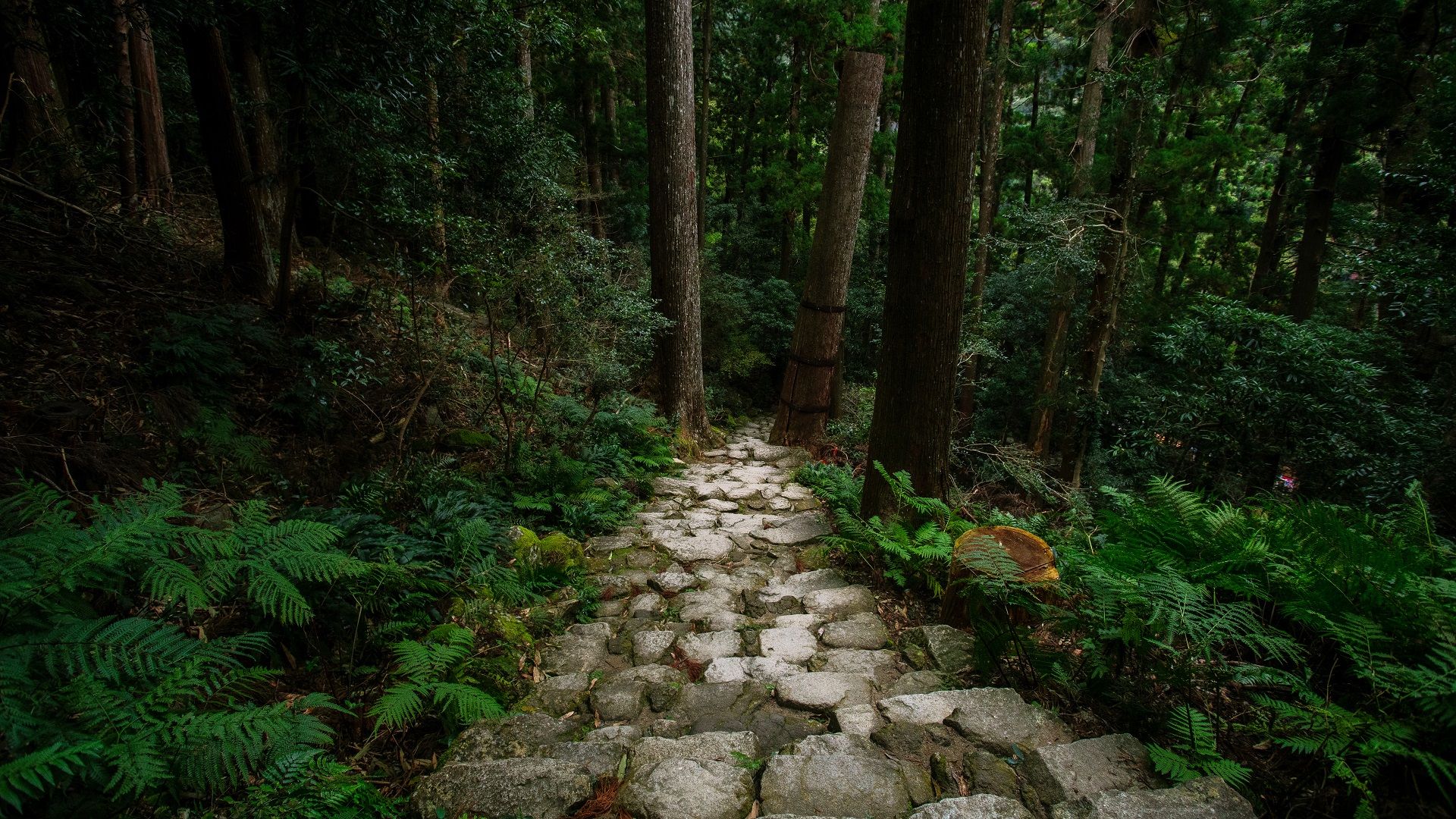
The three sites — Yoshino and Omine, Kumano Sanzan, and Koyasan — located in the forests of the Kii Mountains with the Pacific Ocean in the backdrop speak vividly of nature worship in Japan and Buddhism that found its way through China. Replete with streams, rivers and waterfalls, these sites are home to ancient Shinto shrines, some of them dating back to the ninth century. Surrounded by sacred mountains that have been maintained for 1200 years, these sites are connected by a distinct pilgrimage route.
Year of inscription: 2004
How to reach: Nanki Shirahama Airport is the nearest airport, about 85 km away from Kii-Katsuura Station
Shiretoko

Located in Hokaido’s northeast, this site includes a part of the Shiretoko peninsula till its tip (Shiretoko Cape) and the marine area surrounding it. It holds importance owing to the distinct ecosystem featuring numerous marine and terrestrial species, which are both endangered and endemic like the Blakiston’s fish owl and the Viola kitamiana plant. Additionally, it is also known for housing some threatened seabirds as well as marine mammals such as the Steller’s sea lion — indeed a perfect escapade for thalassophiles.
Year of inscription: 2005
How to reach: Yuzhno-Kurilsk Mendeleyevo Airport is the nearest airport, about 44 km away
Iwami Ginzan Silver Mine and its Cultural Landscape
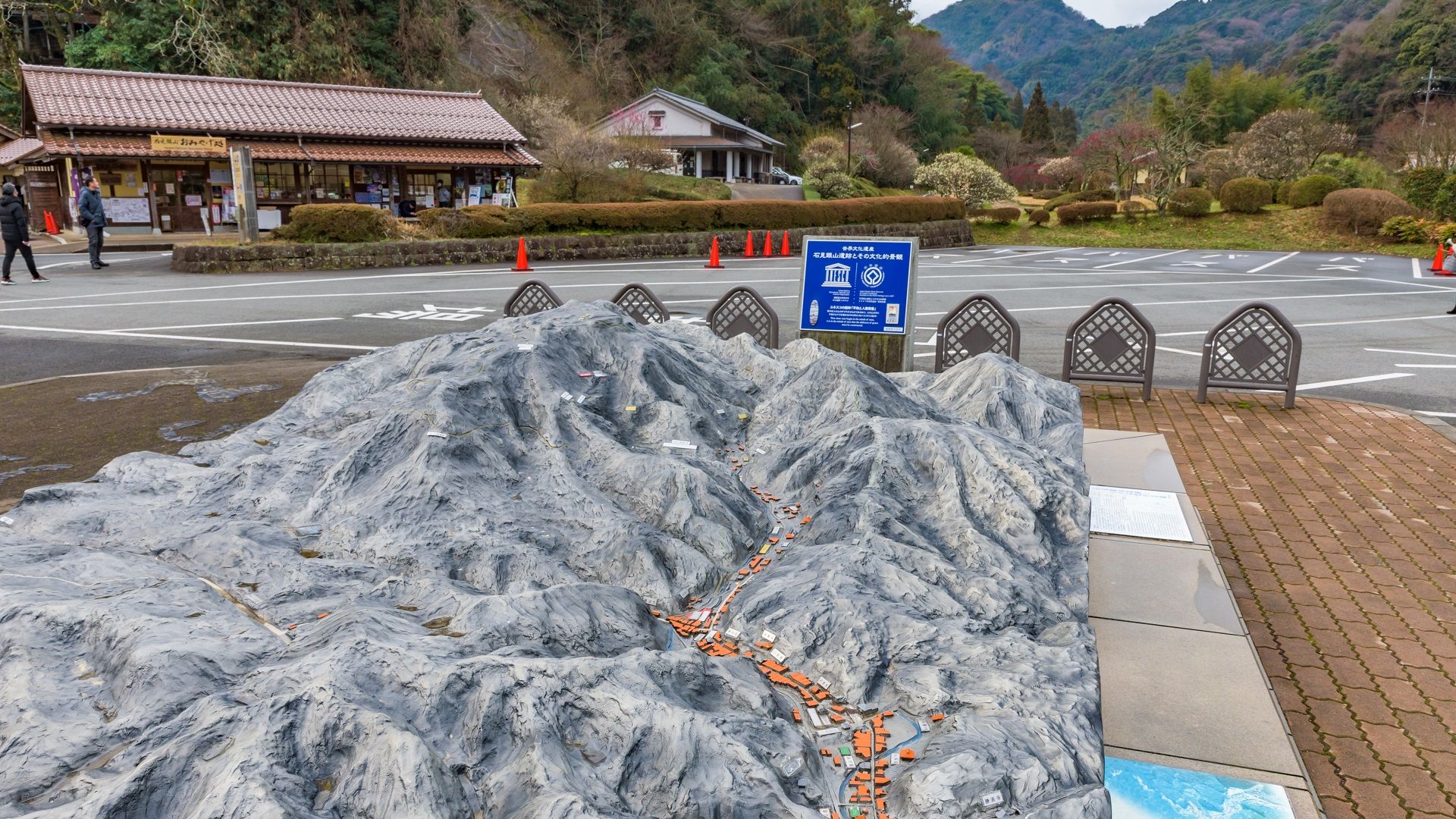
Lying on the southwest of Honshu Island, the Iwami Ginzan Silver Mine is a group of mountains accommodating archaeological remains of large-scale mines, smelting and refining sites, and mining settlements belonging to the 16th and 20th centuries. The wooden mining area now features fortresses, shrines, Kaidô transport routes, and three port towns namely Tomogaura, Okidomari and Yunotsu. The mines that once mass-produced silver and gold heavily contributed to the economic development of Japan and Southeast Asia during the time.
Year of inscription: 2007
How to reach: Izumo Enmusubi Airport is the nearest airport, about 67 km away
Hiraizumi – Temples, Gardens and Archaeological Sites Representing the Buddhist Pure Land
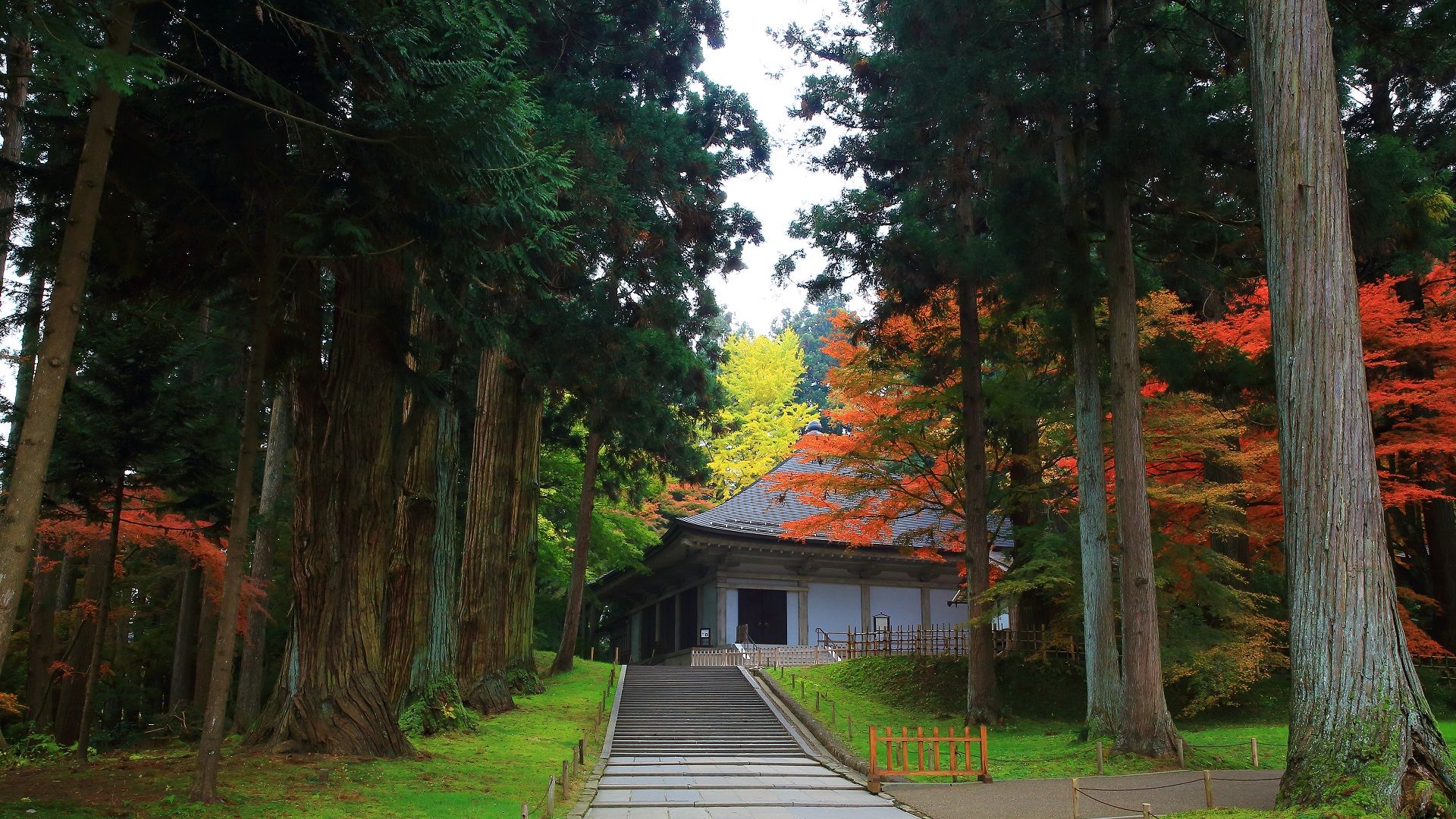
Hiraizumi – Temples, Gardens and Archaeological Sites Representing the Buddhist Pure Land includes five sites, along with the sacred Mount Kinkeisan. Its official UNESCO page reads, “It features vestiges of government offices dating from the 11th and 12th centuries when Hiraizumi was the administrative centre of the northern realm of Japan and rivalled Kyoto.” It adds that the “realm was based on the cosmology of Pure Land Buddhism, which spread to Japan in the 8th century. It represented the pure land of Buddha that people aspire to after death, as well as peace of mind in this life.” Together with Japanese nature worship and Shintoism, Pure Land Buddhism paved the way for a concept of planning and garden design specific to Japan.
Year of inscription: 2011
How to reach: Morioka Airport is the nearest airport, about 59 km away from Hiraizumi
Ogasawara Islands
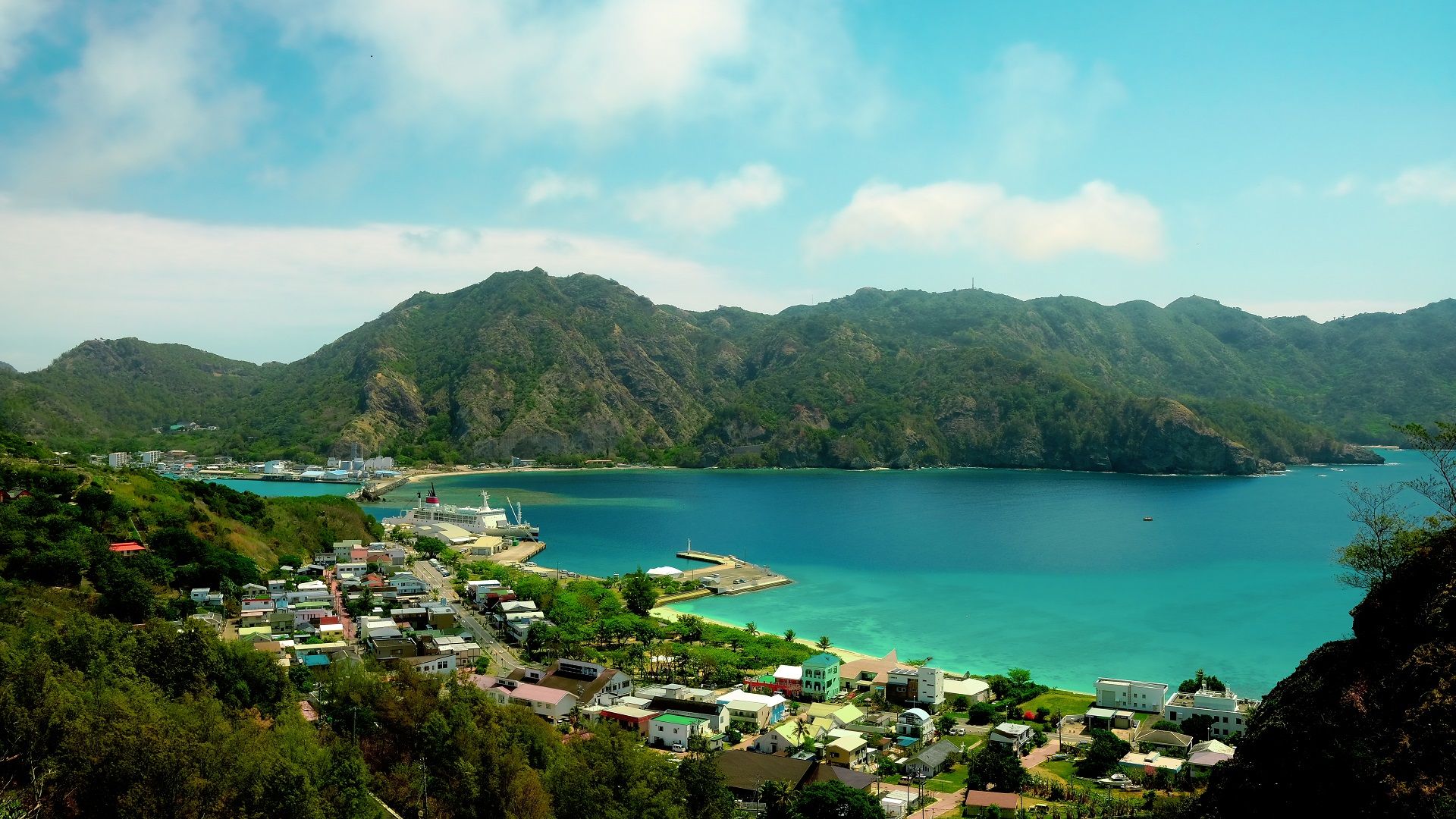
Home to critically endangered bats such as the Bonin Flying Fox as well as 195 endangered bird species, Ogasawara Islands includes over 30 islands segregated into three groups. According to UNESCO, “Four hundred and forty-one native plant taxa have been documented on the islands whose waters support numerous species of fish, cetaceans and corals. Ogasawara Islands’ ecosystems reflect a range of evolutionary processes illustrated through its assemblage of plant species from both southeast and northwest Asia, alongside many endemic species.”
Year of inscription: 2011
How to reach: Ogasawara Islands can be reached only by ferry from central Tokyo (24 hours)
Fujisan, a sacred place and source of artistic inspiration
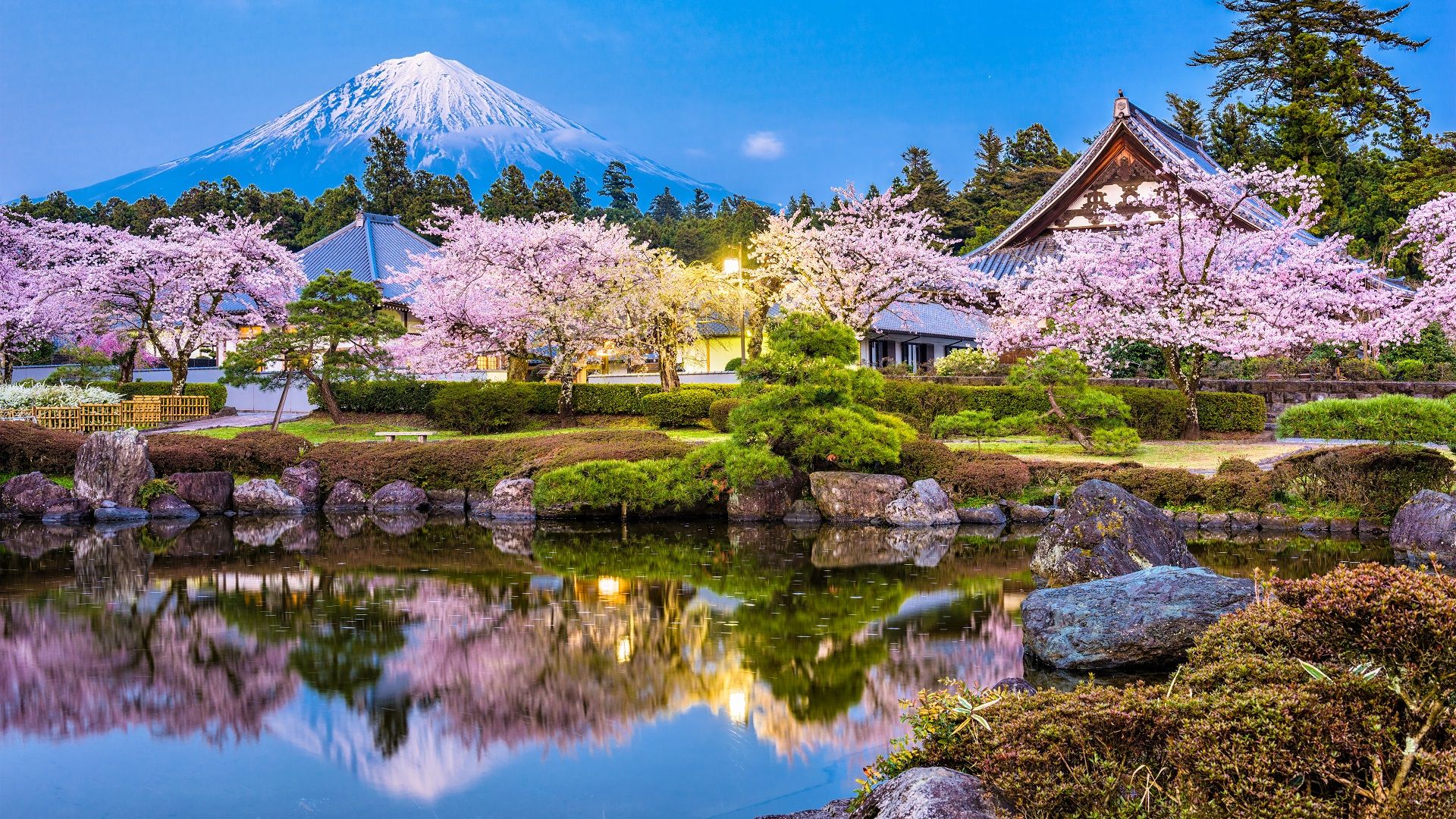
Fujisan or Mount Fuji as it is popularly known has inspired artists since time immemorial owing to its gorgeous view of the snow-capped peak at the backdrop of trees and lakes. Travellers needing inspiration for their next artwork or poem can consider visiting this sacred UNESCO World Heritage Site in Japan which includes 25 sites. The 1,500-metre tier of the mountain perched at 3,776 metres above sea level has pilgrimage routes and crater shrines around its base. These include Sengen-jinja shrines, Oshi lodging houses as well as natural volcanic features such as lava tree moulds, lakes, springs and waterfalls, all believed to be sacred.
Year of inscription: 2013
How to reach: Mount Fuji Shizuoka Airport is the nearest airport, about 115 km away
Tomioka Silk Mill and Related Sites
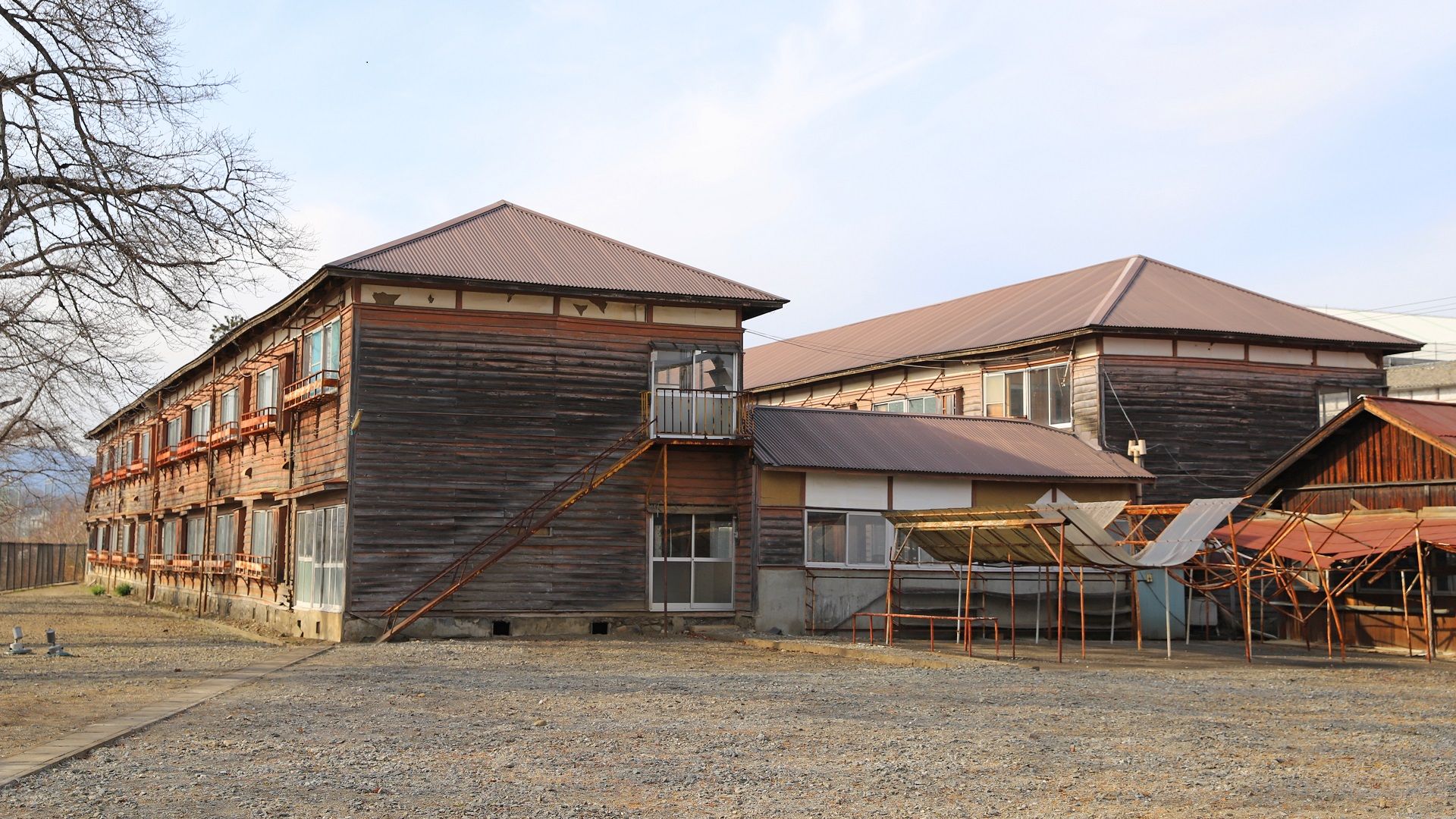
Located on the northwest side of Tokyo in Gunma Prefecture, this silk mill is a historical sericulture complex dating back to the 19th and 20th centuries. The significance of Tomioka Silk Mill and related sites is due to the fact that it made Japan enter the modern industrial sector and made it one of the top exporters of raw silk in the world as well. The export was mainly to Europe and the United States.
It comprises four sites corresponding to different stages of raw silk production — “a large raw silk reeling plant whose machinery and industrial expertise were imported from France; an experimental farm for the production of cocoons; a school for the dissemination of sericulture knowledge; and a cold-storage facility for silkworm eggs,” as mentioned by UNESCO.
Year of inscription: 2014
How to reach: Tokyo Narita Airport is the nearest airport, about 144 km away
Sites of Japan’s Meiji Industrial Revolution: Iron and Steel, Shipbuilding and Coal Mining
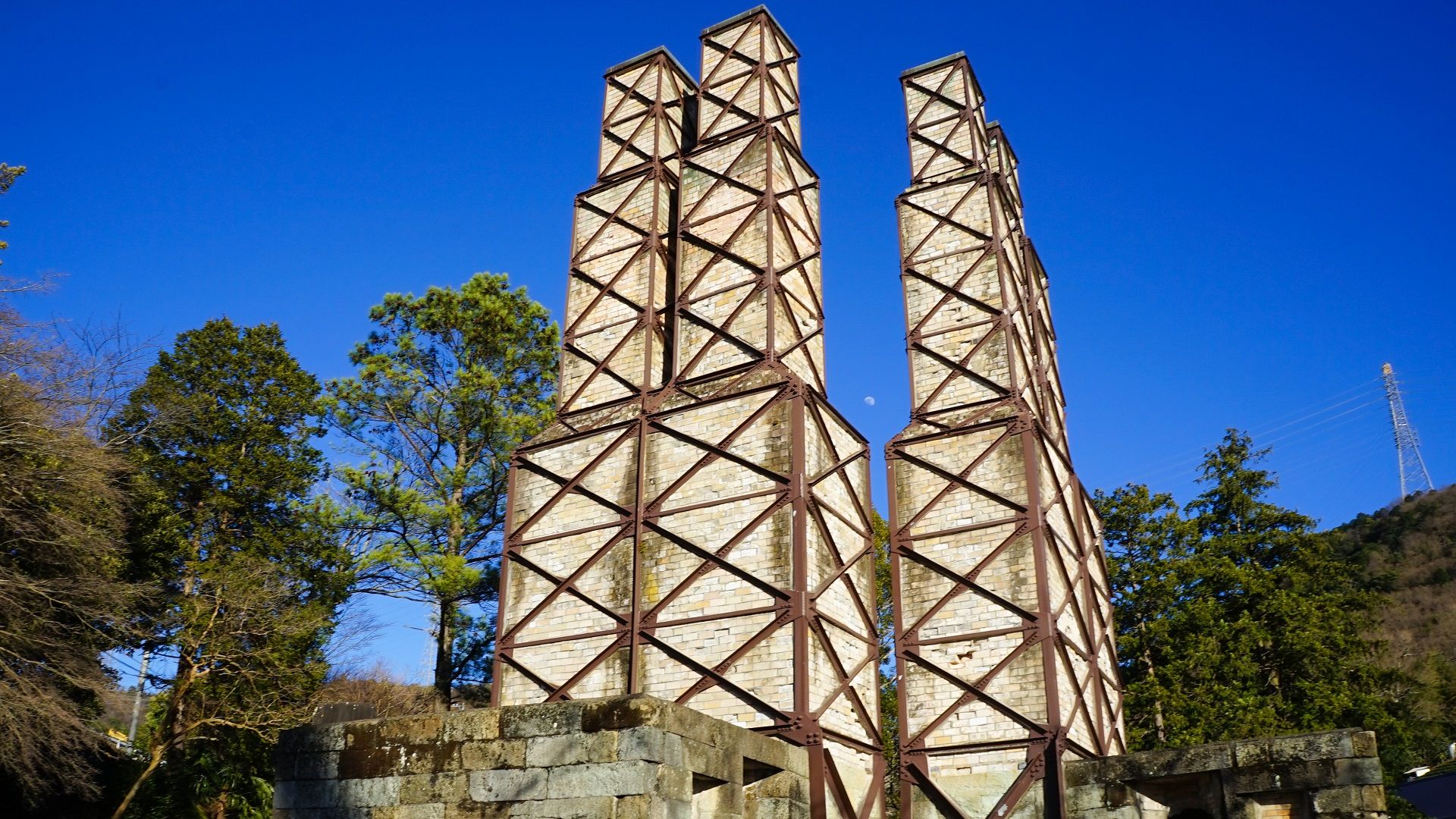
This site is living evidence of the first successful transfer of Western industrialisation to a non-Western nation. The 23 component parts of this site located in Kyushu-Yamaguchi region in the southwest of Japan testify to the country’s rapid industrialisation between 1850 and 1910. The first phase of experimentation in iron making and shipbuilding was in the pre-Meiji Bakumatsu isolation period, towards the Shogun era’s end during the 1850s and 1860s.
Year of inscription: 2015
How to reach: Ube Airport is the nearest airport, about 33 km away from Yamaguchi
The Architectural Work of Le Corbusier, an Outstanding Contribution to the Modern Movement
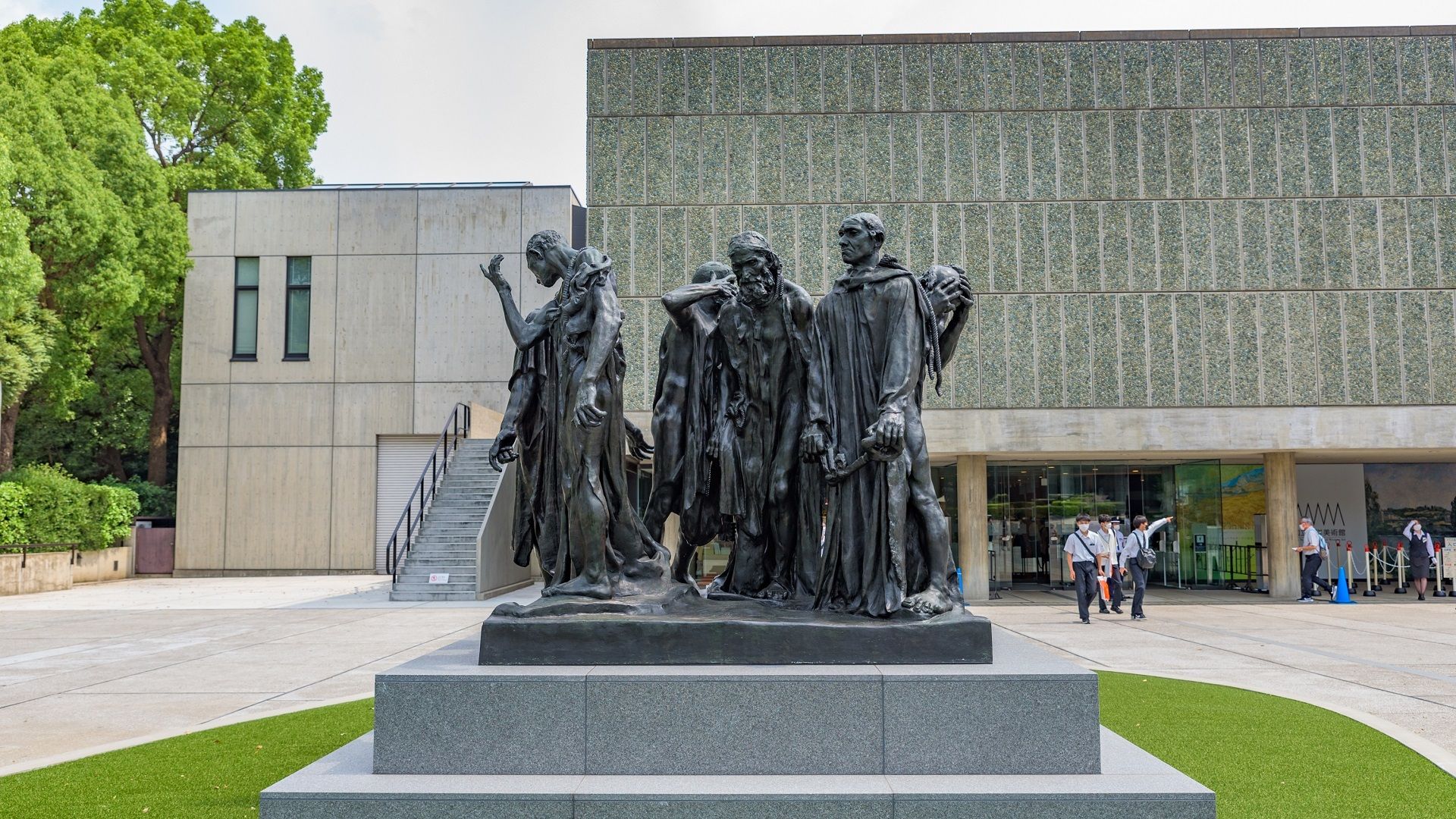
This unique transnational serial property from Swiss-French architect Le Corbusier’s work, which is spread over seven countries, showcases a distinct architectural expertise. Built over a period of about half a century, Corbusier describes it as “patient research”. According to UNESCO, “The Complexe du Capitole in Chandigarh (India), the National Museum of Western Art, Tokyo (Japan), the House of Dr Curutchet in La Plata (Argentina) and the Unité d’habitation in Marseille (France) reflect the solutions that the Modern Movement sought to apply during the 20th century to the challenges of inventing new architectural techniques to respond to the needs of society.” It adds, “These masterpieces of creative genius also attest to the internationalization of architectural practice across the planet.”
Year of inscription: 2016
How to reach: Narita International Airport is the nearest airport about 71 km away from the National Museum of Western Art, Tokyo
Sacred Island of Okinoshima and Associated Sites in the Munakata Region
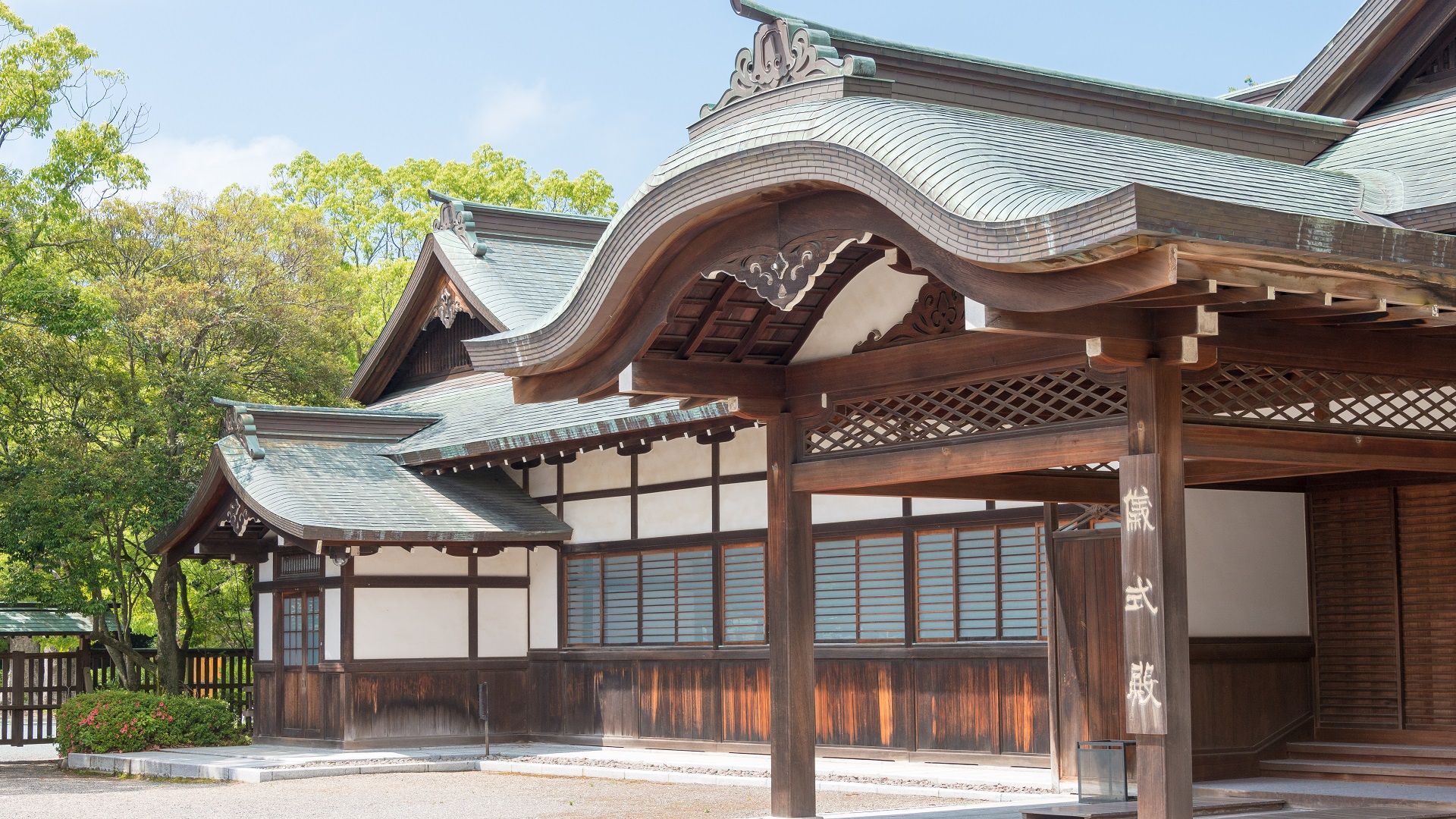
Perhaps the best chronological evidence of the rituals that evolved from the 4th to the 9th century AD, the archaeological sites of the island of Okinoshima lie about 60 km off the west of Kyushu Island. It is also the perfect example of the traditional way of worship that a sacred island follows. These rituals included offering consecrated objects for worship with some of them featuring exquisite craftsmanship. As these were brought from abroad, they are proof of strong exchanges among the Japanese archipelago, the Korean Peninsula and the Asian continent.
Year of inscription: 2017
How to reach: You can reach Okinoshima by ferry from a point near Kada Station (90 minutes)
Hidden Christian Sites in the Nagasaki Region
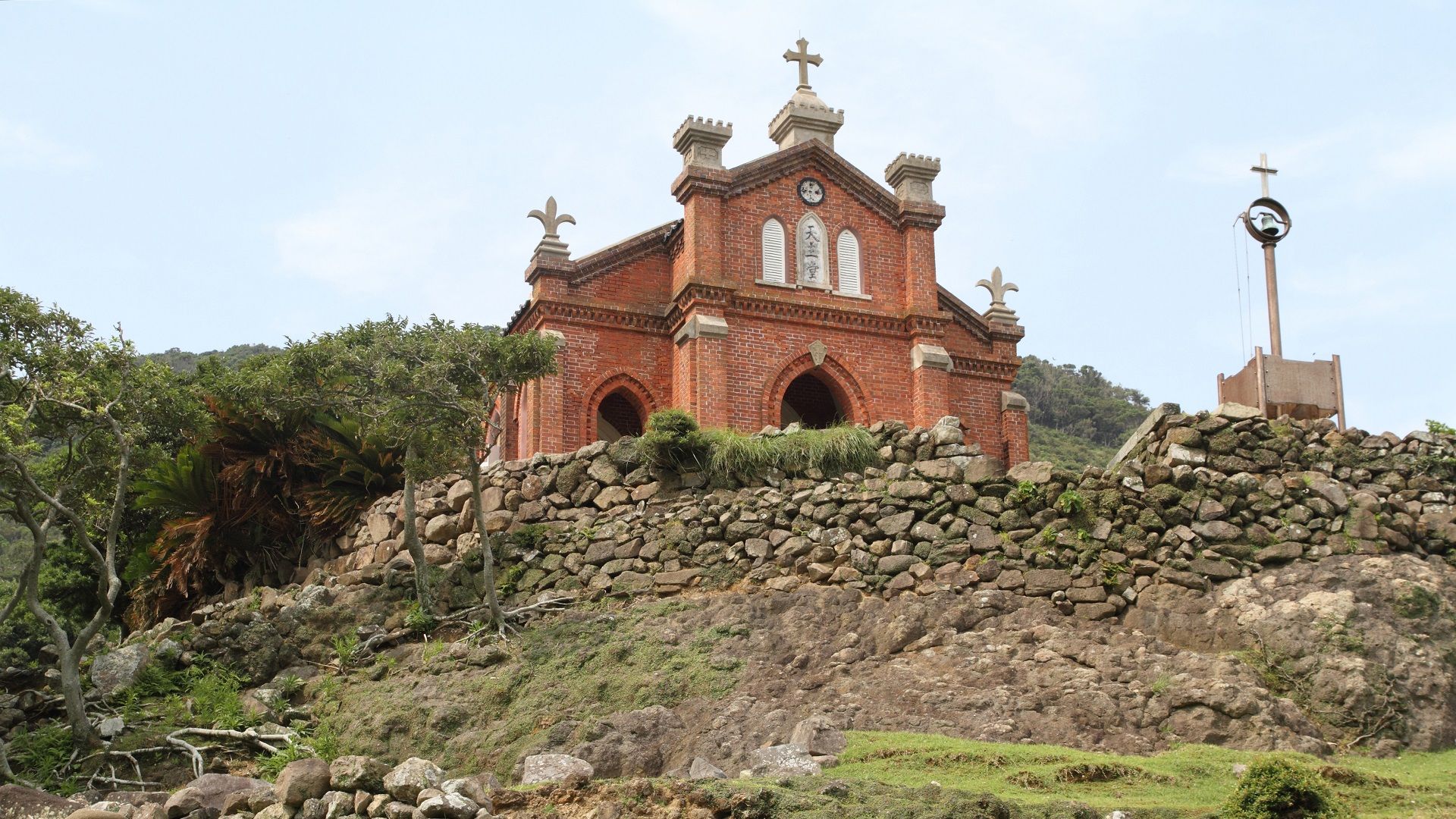
Comprising 10 villages and ruins of the Hara Castle and a cathedral, belonging to the 17th and 19th centuries, these sites are in Kyushu Island’s northwest in the Nagasaki and Kumamoto prefectures. These reflect the cultural traditions practised by hidden Christians in Nagasaki, who secretly passed on their faith during the prohibition period between the 17th and the 19th centuries. The history of how the Christian communities were revived after the prohibition was officially lifted in 1873 can also be traced here.
Year of inscription: 2018
How to reach: Nagasaki Airport is the nearest airport, about 19 km away from Nagasaki centre
Mozu-Furuichi Kofun Group: Mounded Tombs of Ancient Japan
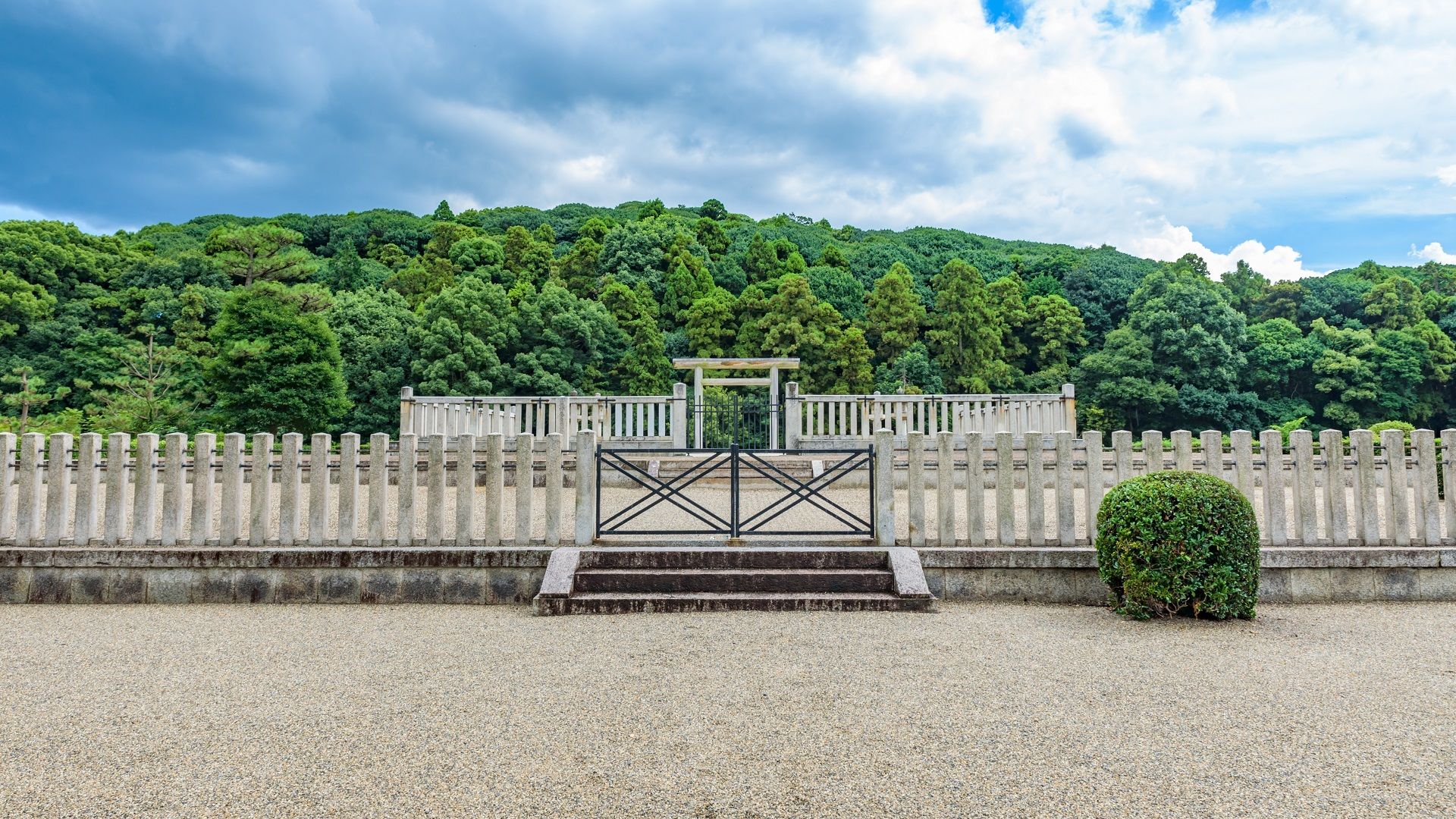
These tombs that were constructed for the sophisticated class include ancient ‘kofuns’, chosen from about 160,000 burial mounds in Japan. Perfect for architecture enthusiasts, this is perhaps the Kofun period’s richest material representation dating back to the time between the 3rd and 6th century CE. These depict the class differences that socially prevailed during the time. Describing the architecture of kofuns, UNESCO says, “Burial mounds of significant variations in size, kofun take the geometrically elaborate design forms of keyhole, scallop, square or circle. They were decorated with paving stones and clay figures. The kofuns demonstrate exceptional technical achievements of earthen constructions.”
Year of inscription: 2019
How to reach: Kansai International Airport is the nearest airport about 32 km away
Amami-Oshima Island, Tokunoshima Island, Northern part of Okinawa Island, and Iriomote Island
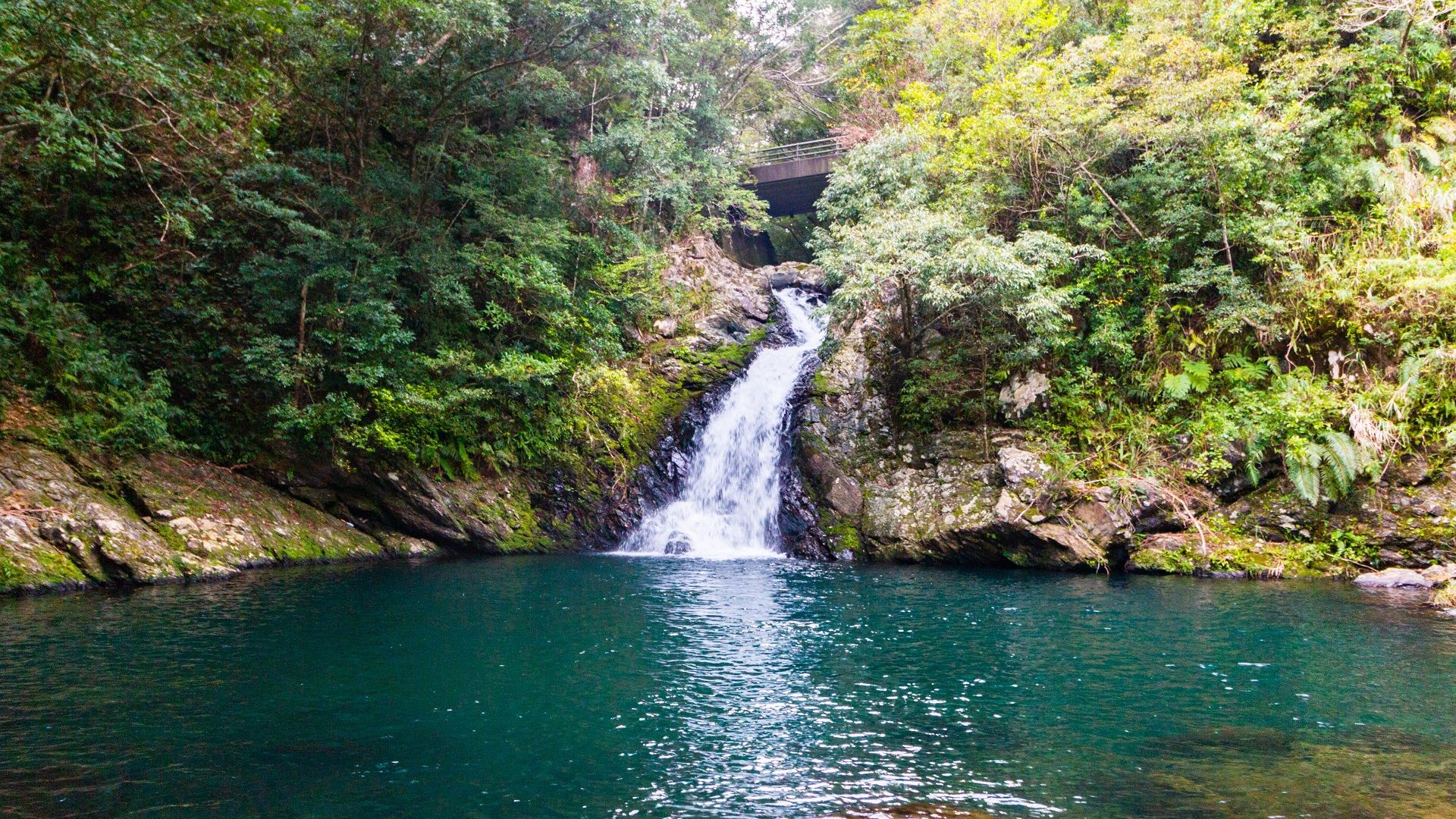
Forming an arc on the edge of the East China Sea and Philippine Sea, these subtropical rainforests on a chain of four islands lie towards Japan’s southwest. Their highest point, Mount Yuwandake on Amami-Oshima Island, has a height of 694 metres. It is not habited by humans and has a rich biodiversity including many rare species, some of which are globally threatened.
According to UNESCO, “The site is home to endemic plants, mammals, birds, reptiles, amphibians, inland water fish and decapod crustaceans, including, for example, the endangered Amami Rabbit (Pentalagus furnessi) and the endangered Ryukyu Long-haired Rat (Diplothrix legata) that represent ancient lineages and have no living relatives anywhere in the world.”
Additionally, “Five mammal species, three bird species, and three amphibian species in the property have been identified globally as Evolutionarily Distinct and Globally Endangered (EDGE) species.”
Year of inscription: 2021
How to reach: Amami Airport is the nearest airport, about 22 km away from Amami-Oshima Island
Jomon Prehistoric Sites in Northern Japan
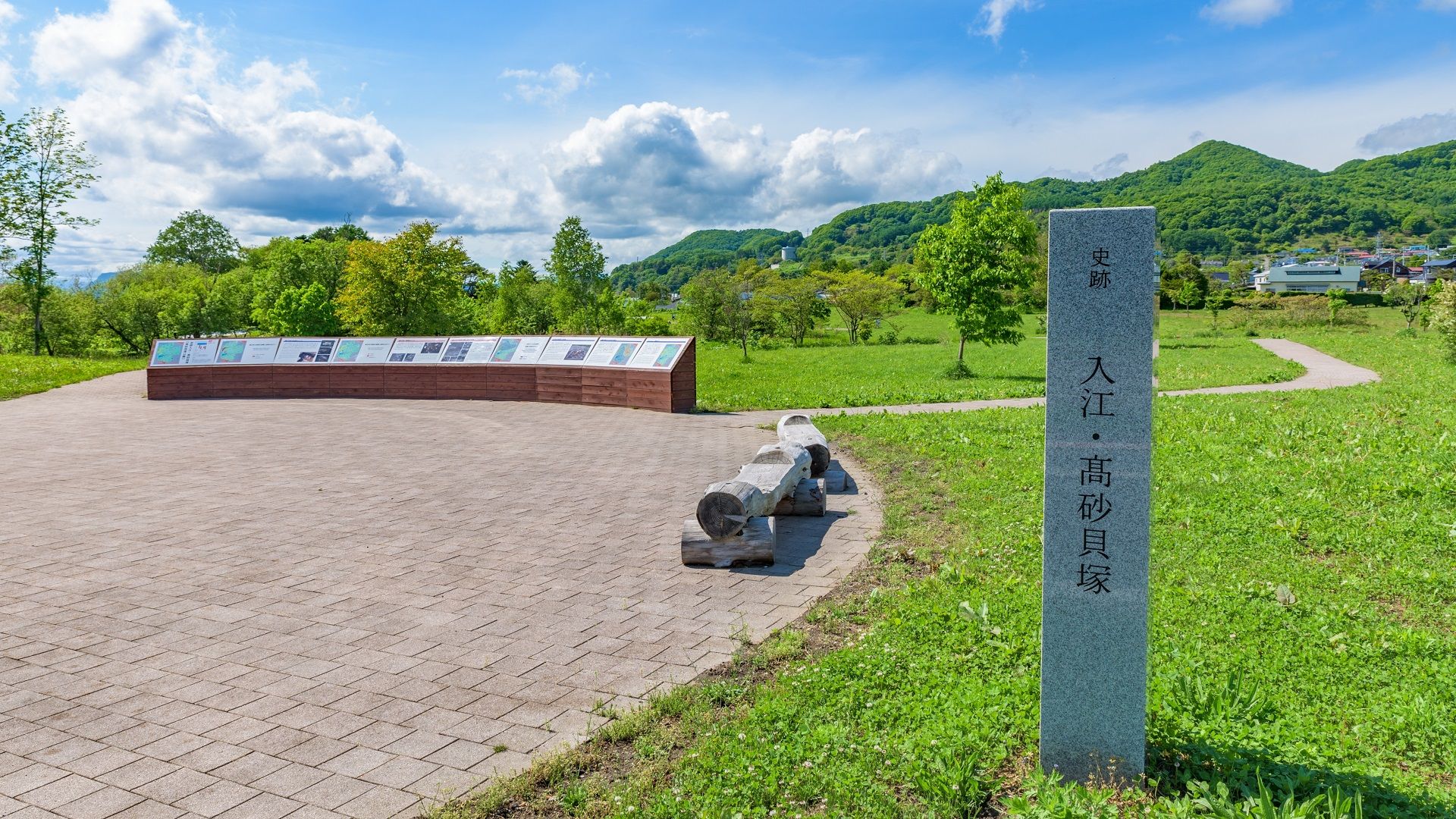
Comprising 17 archaeological sites in the south of Hokkaido Island and northern Tohoku, these sites include mountains and hills to plains and lowlands, as well as inland bays to lakes and rivers. It reflects the development that happened after the pre-agricultural period which was dominated by the Jomon culture and traditions that were around for about 10,000 years. The Jomon belief system is clearly visible through the material objects used during the period such as lacquered pots, clay tablets, the popular goggle-eyed dogū figurines, as well as earthworks and large stone circles having diameters of over 50 metres.
Year of inscription: 2021
How to reach: New Chitose Airport is the nearest airport, about 150 km away from Hokkaido
(Hero and featured image credit: Richie Chan/Shutterstock)
Related: Explore The Rich Heritage Of Malaysia At These UNESCO World Heritage Sites
Frequently Asked Questions (FAQs)
– How many UNESCO World Heritage Sites are there in Japan?
There are 25 UNESCO World Heritage Sites in Japan.
– What are some of the most famous UNESCO World Heritage Sites in Japan?
Historic Villages of Shirakawa-go and Gokayama and Hiroshima Peace Memorial are a few of the popular UNESCO World Heritage Sites in Japan
– What are the Historic Monuments of Ancient Kyoto?
The Historic Monuments of Ancient Kyoto (Kyoto, Uji and Otsu Cities) comprise 17 component parts that are located in Kyoto and Uji Cities in Kyoto Prefecture and Otsu City in Shiga Prefecture.
– What is the significance of Mount Fuji’s UNESCO designation?
The 1,500-metre tier of Fujisan or Mount Fuji perched at 3,776 metres above sea level has pilgrimage routes and crater shrines around its base. These include Sengen-jinja shrines, Oshi lodging houses as well as volcanic features such as lava tree moulds, lakes, springs and waterfalls, all considered to be sacred.
– What is Himeji Castle’s importance as a UNESCO World Heritage Site?
Featuring majestic Japanese castle architecture belonging to the 17th century, Himeji-jo includes 83 buildings having highly developed defence and protection devices belonging to the Shogun period.
– What is the Hiroshima Peace Memorial (Genbaku Dome)?
A testimony to the first atomic bomb explosion on 6 August 1945, the Hiroshima Peace Memorial (Genbaku Dome) is the only structure that still stands in the area. It symbolises the ‘most destructive force’ created by humans but also denotes a hope for world peace.
– What are the Historic Villages of Shirakawa-go and Gokayama?
The Historic Villages of Shirakawa-go and Gokayama are known for their Gassho-style houses. These villages were kept away from the rest of the world for a while. They are popular owing to their unique architecture.
– How can I visit the UNESCO World Heritage Sites in Japan?
Visiting all 25 UNESCO World Heritage Sites in Japan in one trip may be difficult. You can take your pick based on your choice or their proximity to your accommodation.
– Are guided tours available at these sites?
Yes, most UNESCO World Heritage Sites around the world have guided tours.








